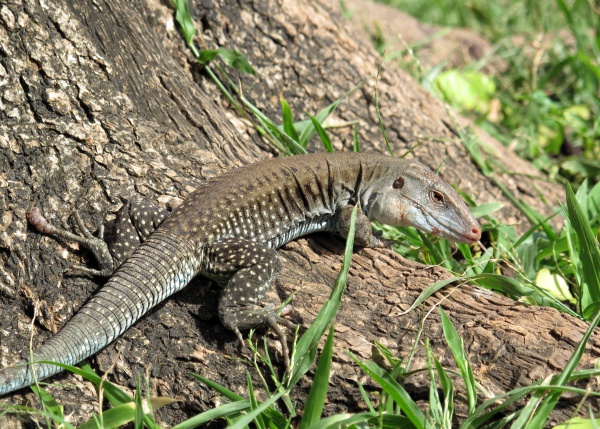Facts About Puerto Rican Ameiva
The Puerto Rican ground lizard, also known as the common Puerto Rican ameiva, belongs to the whiptail lizard family and comprises several subspecies. One of these subspecies inhabits Isla Mona and is smaller in size, while another on Isla Desecheo is larger. These lizards are commonly found in various coastal regions of Puerto Rico, the U.S. Virgin Islands, the British Virgin Islands, Isla Culebra, Isla Mona, Isla Desecheo, and other nearby islands, as well as in the Toro Negro State Forest.
Male lizards can reach substantial sizes, growing up to about 85 cm (33 inches) in length. They exhibit a variety of colors, including gray, black, or brown, typically adorned with white spots on their backs, alongside stripes on their sides. Their stomachs and throats display different hues. These lizards prefer habitats with open canopies and sandy soil, at elevations up to 150 meters (about 500 feet) above sea level, where the conditions are warm. Their diet mainly consists of insects, fruits, and discarded food in urban areas.
Regarding reproduction, female lizards lay between 2 and 7 pink eggs in loose soil from June through August. Juvenile lizards often have bright blue tails, which fade as they age. These lizards have a lifespan of over six years. However, they face threats from predators such as feral cats, dogs, mongooses, American kestrels, Greater Antillean grackles, and pearly-eyed thrashers.
